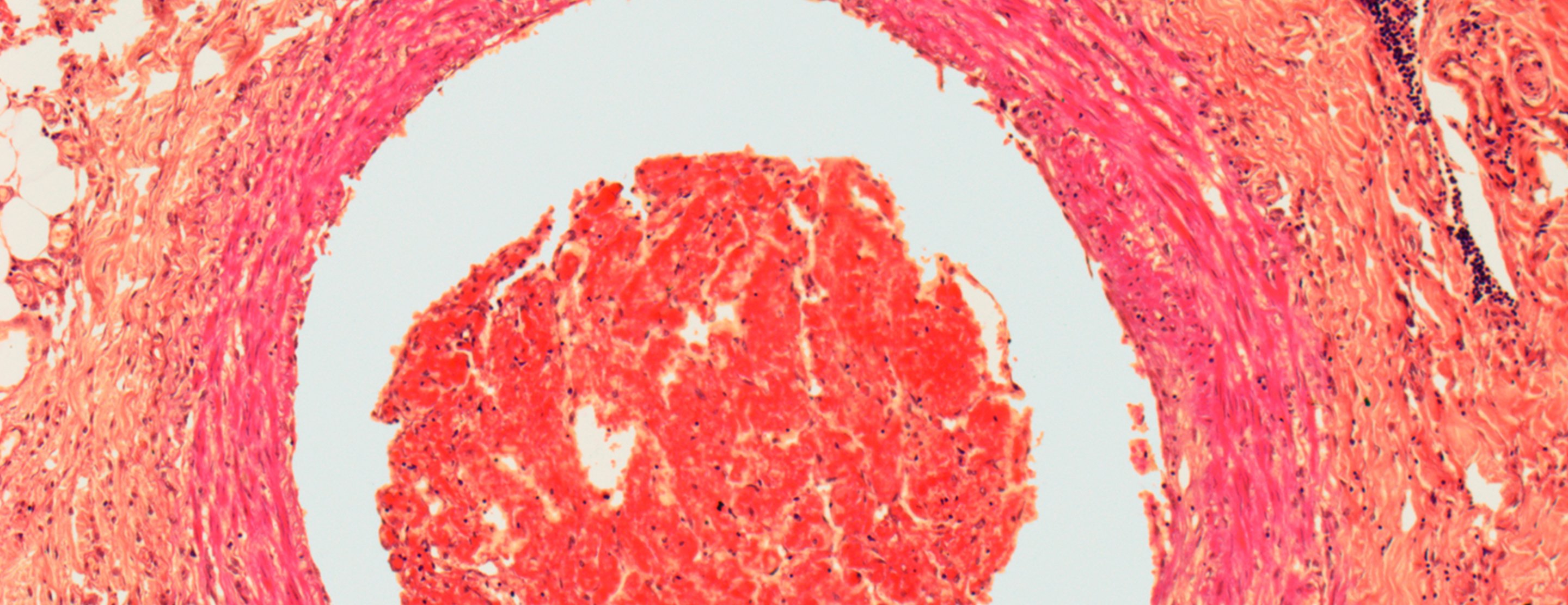
Fibrinopeptide A blood test
Definition
Fibrinopeptide A is a substance released as blood clots in your body. A test can be done to measure the level of this substance in your blood.
Alternative Names
FPA
How the Test is Performed
A
How to Prepare for the Test
No special preparation is necessary.
How the Test will Feel
When the needle is inserted to draw blood, some people feel moderate pain. Others feel only a prick or stinging. Afterward, there may be some throbbing or a slight bruise. This soon goes away.
Why the Test is Performed
This test is used to help diagnose severe problems with blood clotting, such as
Normal Results
In general, the level of fibrinopeptide A should range from 0.6 to 1.9 (mg/mL).
Normal value ranges may vary slightly among different laboratories. Some labs use different measurements or may test different specimens. Talk to your doctor about the meaning of your specific test results.
What Abnormal Results Mean
An increased fibrinopeptide A level may be a sign of:
Cellulitis - DIC (disseminated intravascular coagulation)
- Leukemia at the time of diagnosis, during early treatment, and during a relapse
- Some infections
Systemic lupus erythematosus (SLE)
Risks
There is little risk in having your blood taken. Veins and arteries vary in size from one person to another and from one side of the body to the other. Drawing blood from some people may be more difficult than from others.
Other risks associated with having blood drawn are slight, but may include:
- Excessive bleeding
- Fainting or feeling lightheaded
- Multiple punctures to locate veins
- Hematoma (blood accumulating under the skin)
- Infection (a slight risk any time the skin is broken)
References
Pai M, Moffat KA. Laboratory evaluation of hemostatic and thrombotic disorders. In: Hoffman R, Benz EJ, Silberstein LE, et al, eds. Hematology: Basic Principles and Practice. 8th ed. Philadelphia, PA: Elsevier; 2023:chap 127.
Sarode R, Kessler CM. Coagulation and fibrinolysis. In: McPherson RA, Pincus MR, eds. Henry's Clinical Diagnosis and Management by Laboratory Methods. 24th ed. Philadelphia, PA: Elsevier; 2022:chap 40.
Review Date: 02/02/2023
The information provided herein should not be used during any medical emergency or for the diagnosis or treatment of any medical condition. A licensed physician should be consulted for diagnosis and treatment of any and all medical conditions. Call 911 for all medical emergencies. Links to other sites are provided for information only -- they do not constitute endorsements of those other sites. Copyright ©2019 A.D.A.M., Inc., as modified by University of California San Francisco. Any duplication or distribution of the information contained herein is strictly prohibited.
Information developed by A.D.A.M., Inc. regarding tests and test results may not directly correspond with information provided by UCSF Health. Please discuss with your doctor any questions or concerns you may have.





